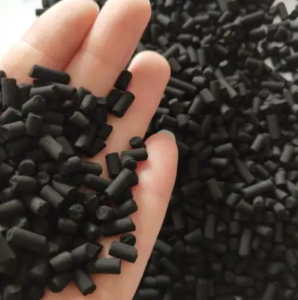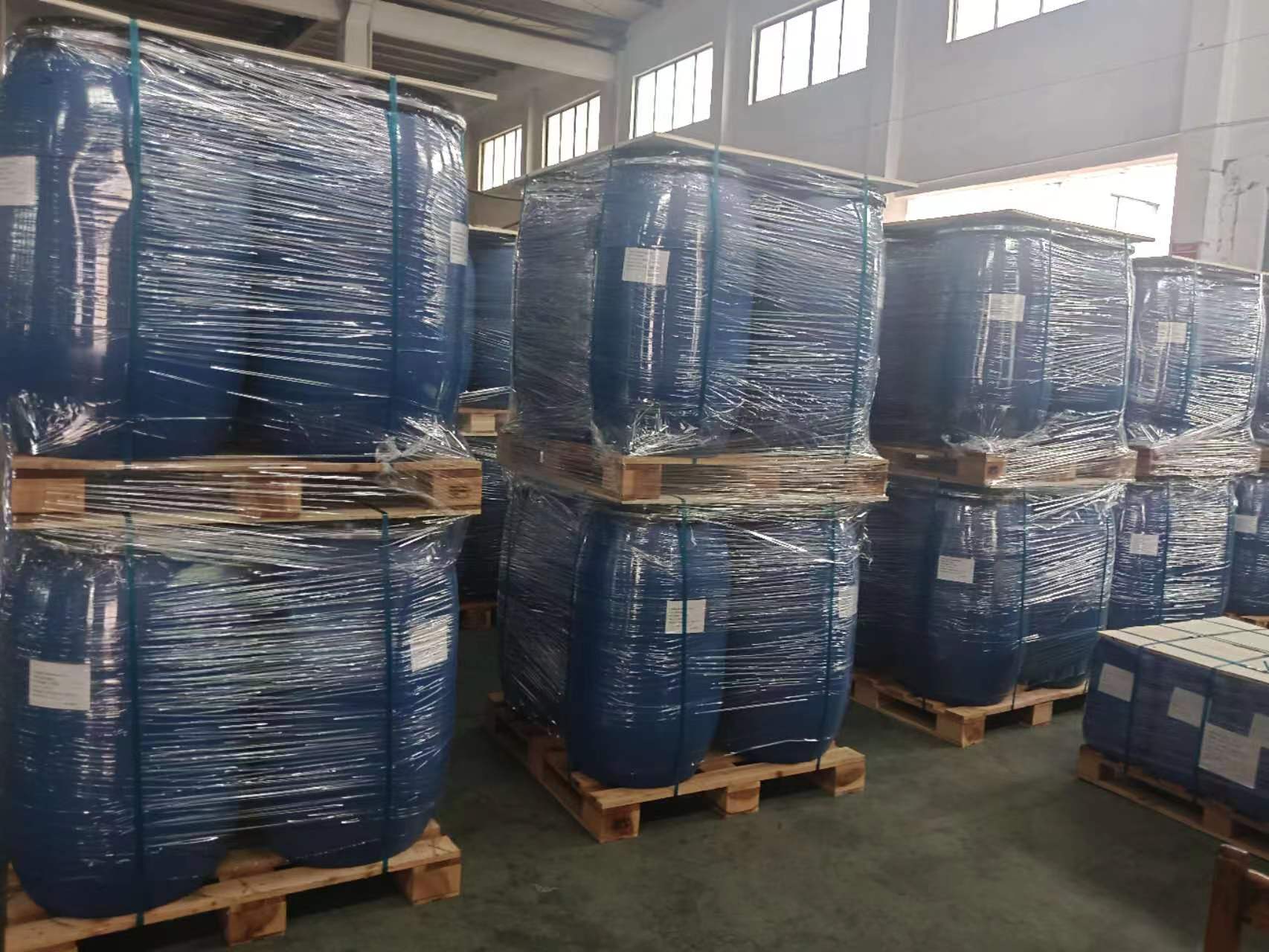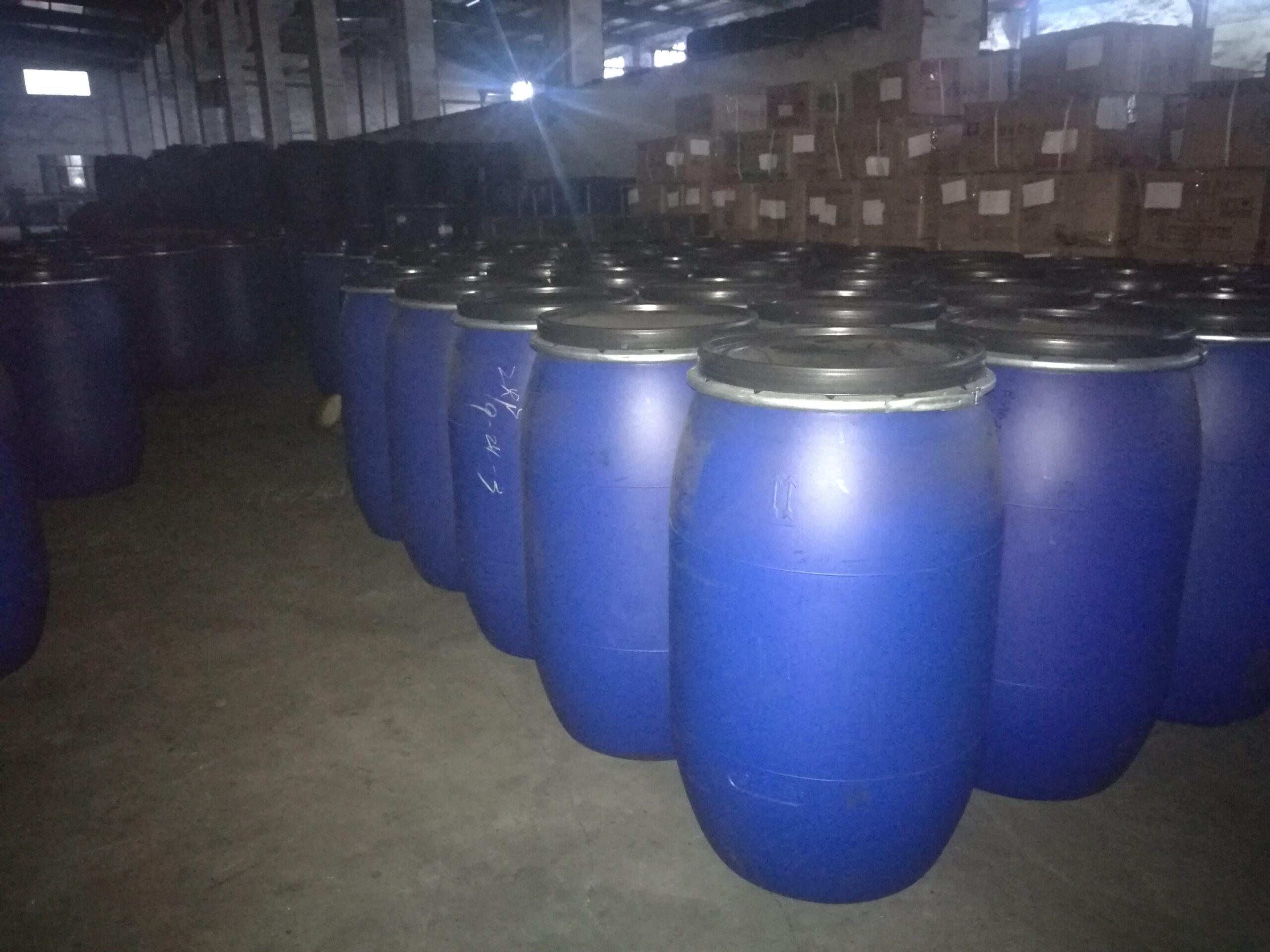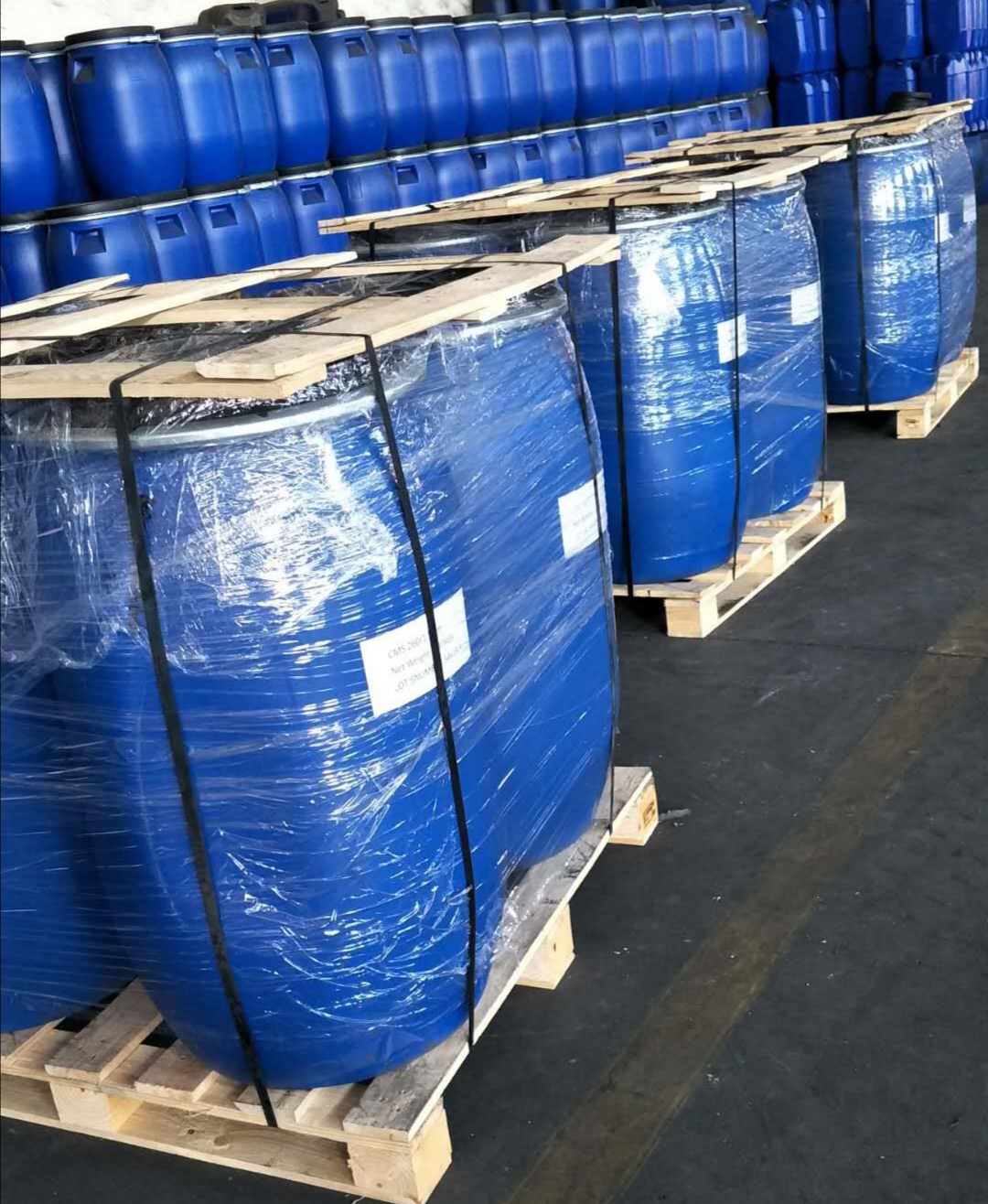The types of activated carbon products are diverse, and numerous high-performance, specially functional and purposeful activated carbon products have been produced. The pre-treatment of raw materials mainly involves deep desulfurization, pre-oxidation, and pre-carbonization of the raw coal. By improving the quality and performance of the raw coal used in activated carbon production, the quality and adsorption performance of activated carbon can be enhanced. The post-treatment technologies of the products mainly include acid washing desulfurization, impregnation with metal compounds, and molding processing. Through these special treatments, activated carbon products acquire unique functions and applications.
Catalytic activation refers to adding a catalyst during the carbonization and activation production of activated carbon to change the pore-forming mechanism of activated carbon, improve its adsorption performance, and reduce production costs. Currently, the range of raw materials for preparing activated carbon is increasingly extensive, including wood chips, charcoal, coal, petroleum, asphalt, peat, and various carbon-containing industrial wastes that have been utilized in recent years.
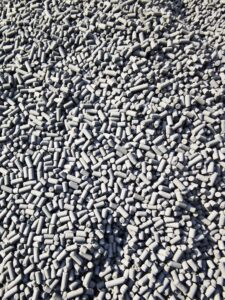
Current Status of Activated Carbon Preparation
1. Chemical Activation Method
The chemical activation method is a process where chemical reagents are added to the raw materials, heated in an inert gas medium, and simultaneously undergo carbonization and activation. Typically, plant-based raw materials such as sawdust are used. The chemical activation method has three major drawbacks: ① Strong corrosiveness to equipment; ② Environmental pollution; ③ Residual chemical activators in the activated carbon, which limits its application.
1.1 Zinc Chloride Method
The manufacturing process of the zinc chloride method is to add a solution of concentrated zinc chloride with a weight of 0.5 to 4 times that of the raw material and a specific gravity of approximately 1.8 to the raw material and mix it. The zinc chloride is impregnated, and then heated in a rotary kiln in an oxygen-free environment to 600-700°C. Due to the dehydration effect of zinc chloride, hydrogen and oxygen in the raw material are mainly released in the form of water vapor, forming a porous structure with a developed carbon structure.
1.2 Phosphoric Acid Method
The phosphoric acid activation method involves mixing finely ground raw materials with a phosphoric acid solution and drying them, then heating them in a rotary kiln at 400-600°C. The well-known process is carried out at a higher temperature (1100°C).
1.3 Chemical Activation Method Using Alkali as an Activator
In recent years, the chemical activation method using alkali-based activators such as potassium hydroxide has attracted much attention. Coal and coke are mixed with potassium hydroxide, and undergo secondary heat treatment at low and high temperatures in an argon gas flow to obtain activated carbon with a specific surface area of 2918 square meters per gram.
Selecting once-carbonized walnut shells or petroleum coke, adding 1-5 times of potassium hydroxide, thoroughly mixing, systemically purging with nitrogen gas for protection, and then heating at low temperature for dehydration and high-temperature activation can produce activated carbon with a high specific surface area. The American Standard Oil Company applied for five patents for preparing activated carbon from petroleum coke between 1971 and 1974. The key points were: oxidizing petroleum coke with nitric acid to form petroleum coke acid, and then activating it with an excess amount of potassium hydroxide under different process conditions to obtain activated carbon with a specific surface area of 1000-2600 square meters per gram. This activation method has a low yield, complex process, and difficult material handling, and has not been applied in industry. Therefore, the company disclosed a patent in 1978 for activating petroleum coke with 3 times the amount of potassium hydroxide at 850°C. The Japanese Kansal Coke and Chemicals Company directly activated petroleum coke with 3 times the amount of potassium hydroxide under a reduced pressure of 800°C, obtaining activated carbon with a specific surface area greater than 3000 square meters per gram.
2. Gas Activation Method
The gas activation method is a process where the raw material is carbonized and then activated by water vapor, carbon dioxide, air, flue gas, etc., at 600-1200°C. The main process is carbonization and activation. Carbonization is the process of heating the raw material to remove its volatile components and produce a suitable carbonized material for the next activation step. The carbonization process is divided into three stages: the first decomposition reaction below 400°C, the oxygen bond breakage reaction from 400°C to 700°C, and the deoxygenation reaction from 700°C to 1000°C. Whether the raw material is a chain-like molecule substance or an aromatic molecule substance, after these three stages, a condensed benzene ring planar molecule is obtained, forming a three-dimensional network structure of carbonized material. The adsorption capacity of the carbonized material is low, which is due to the presence of some carbon-hydrocarbon compounds in the carbon, the small volume of fine pores, and the clogging of fine pores. The activation stage is usually at approximately 900°C, and the carbon is exposed to an oxidative gas medium for treatment. The first stage of activation removes the adsorbed substances and opens the blocked fine pores; further activation expands the original fine pores and pathways; subsequently, due to the high selectivity oxidation of the part with high reaction performance of the carbonaceous structure, a microporous structure is formed.
2.1 Microwave Heating Method for Activated Carbon
The carbon-containing raw material is preheated at a temperature above 600°C, and it comes into contact with water vapor, carbon dioxide, oxygen-containing gas, or activated gas. It can be activated by direct microwave heating. However, for raw materials such as coal, petroleum, and wood that can be activated by conventional methods, it is impossible to use microwave heating to reach the complete activation temperature. For example, if coal, asphalt, and wood are irradiated with microwaves, the initial temperature can reach around 100°C due to the heat from water. Then, when the water evaporates completely, the heat is very small, and it is either impossible or requires a long time to increase the temperature to above 100°C.
2.2 Microwave Heating Steam Activation Method for Activated Carbon
The microwave heating steam activation method can significantly expand the internal surface area of activated carbon. The specific process is as follows: first, the raw material is made into a certain particle size and specific gravity, and water vapor is introduced for thorough mixing to make it uniformly moist. According to the capillary phenomenon, the micro pores between the fibers of plant cellulose raw materials contain free water, causing the raw material to expand and become moist. Then, using these free water as an electrolyte, it is irradiated with microwaves, and the free water evaporates rapidly, generating a vapor pressure, which explosively expels steam from the interior of the raw material. This rapid action expands the spaces between the fibers, simultaneously drying them, and forming countless cracks. The multi-porous structure of the raw material becomes more significant, and the internal surface area further expands. Then, continuous carbonization and activation are carried out while passing steam through the porous and cracked areas, inhibiting and eliminating the fixation of carbonized hydrogen until the carbonization is completed, maintaining its multi-porous structure well.
3. Combination of Gas Activation and Pharmaceutical Activation
Gas activation and pharmaceutical activation are sometimes used in combination. For activated carbon that has undergone pharmaceutical activation treatment, further steam activation can sometimes produce products with a special fine pore distribution and significantly increase the number of fine pores. When using activated carbon to treat gases containing substances that can clog the fine pores of the carbon, for example, when using granular activated carbon to adsorb benzene from urban gas, the fine pores of the activated carbon are blocked by dienes in the urban gas and rapidly age. To manufacture activated carbon under such circumstances, this combined activation method has been applied. The Benzolbon brand activated carbon from Lejig Company is a representative of this type of activated carbon.
4. Continuous Carbonization Activation Method
A simple flow heating furnace is used to continuously carry out carbonization and restricted oxidation activation of activated carbon production. The operation is labor-saving, and the product quality is good. The characteristics of this method are: activated carbon with a moisture content of 15% to 30% is continuously fed into the flow heating furnace, and an appropriate amount of air is blown from the bottom of the furnace to make the furnace interior undergo carbonization and restricted oxidation activation. From before the raw material is fed into the furnace to when it is loaded into the furnace, only a small amount of ignition is sent into the furnace, and an appropriate amount of air is blown from the bottom of the furnace to promote partial combustion of the raw material to heat itself. The temperature and carbonization speed in the furnace are adjusted by the amount of air blown in and the feeding rate. The forced air blowing is not only used for the combustion and heating of the raw materials, but also for the fluidization of the particles during the carbonization process and the continuous activation reactions.
5. One-step production of activated carbon by fluidized bed
The one-step production of activated carbon by fluidized bed is a new coal-based activated carbon manufacturing process developed in recent years. This method directly feeds the raw materials into the fluidized bed after screening, and carries out carbonization and activation at the initial fluidization speed. The activation temperature and gas distribution are uniform, which can effectively activate the raw materials. It can handle both powdered and granular raw materials, and the production process is simple and highly regarded. The British National Coal Board has adopted this method to produce anthracite activated carbon for commercial operation. However, a single-stage fluidized bed is generally suitable for intermittent operation, and the activation is not uniform in continuous operation. Tazaki Mikiso has studied that increasing the number of fluidized bed stages can enable continuous operation to achieve the same activation products as intermittent operation. However, this process produces activated carbon with severe wear when forming. If the fine particles of pulverized coal are mixed with the forming raw materials for activation, the wear can be significantly reduced, and both powdered and granular activated carbon can be produced simultaneously. The process is simpler than adding inert fine particles and the equipment production capacity is also larger.
6. Fast carbonization and activation method
Researchers believe that using the rapid pyrolysis process can produce cheap activated carbon, which has good adsorption performance and does not need regeneration and can be directly used as gasification raw materials. Experimental research results have shown that rapid pyrolysis can significantly increase the specific surface area of activated carbon. Introducing high-temperature water vapor medium during rapid pyrolysis has a significant impact on the surface structure of activated carbon. Qiu Jishan et al. used a falling bed radiation furnace with potassium carbonate as a catalyst to explore the possibility of catalytic rapid carbonization of Huangxian lignite to produce activated carbon. The results showed that the pore structure and adsorption performance indicators of the activated carbon obtained in the experiment had reached or approached the level of some commercially available activated carbon.
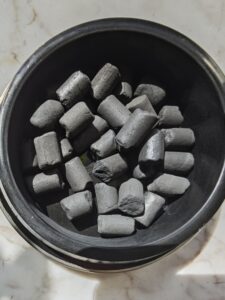
7. Briquetting activation process of lignite semi-coke
At present, the most commonly used method for producing activated carbon from lignite is the briquetting activation process of lignite semi-coke. This process first lignites are carbonized, then the semi-coke is crushed to below 0.1mm, and asphalt binder is added to form a briquette. After crushing the briquette, it is activated in the activation furnace, and then sieved or ground to obtain granular or powdered activated carbon. Australia and Europe adopt this process.
8. Other production methods
A new process for preparing coal-based activated carbon using a nitrate-based oxidative composite catalyst integrates catalysis and oxidation. The results show that barium nitrate has poor activity and is not suitable for use as a catalyst; potassium compounds are good catalysts for manufacturing activated carbon; phosphorus, a co-catalyst, plays an important role in the development of the pore structure of activated carbon; the ash in the raw materials hinders the performance of the catalyst; the composite catalyst used in the experiment can increase the activation reaction speed by more than 1 times, and obtain higher adsorption performance at the same loss rate, or increase the activation yield at the same loss rate, thereby reducing the cost of activated carbon production. Australian Robert mixed 20% potassium hydroxide solution 70-75ml with dry raw coal or acid-washed coal 20g into a gel-like paste, used a compression machine to press out 6mm diameter coal segments, dried them to a diameter of 3mm, which was hard, and then dryly distilled for 16 hours under nitrogen protection at 900℃. The activated carbon from the raw coal had a surface area of 1340 square meters per gram, and the activated carbon from acid-washed coal had a surface area of 1500 square meters per gram. In the United States, a similar process was also developed, but the amount of potassium hydroxide used was larger, and the surface area of the powdered activated carbon obtained was as high as 3000 square meters per gram. However, in the United States, the raw lignite and sub-bituminous coal were treated with dilute (such as phosphoric acid) substances, the main purpose of the treatment was not to extract minerals, but to crosslink some components in the coal, and then directly briquetted and activated to produce activated carbon, with both production volume and activity significantly increased.
The Development Trends of Activated Carbon Preparation
1. Raw Materials for Activated Carbon
Traditional activated carbon production mostly uses raw materials such as wood, charcoal, sawdust, coconut shells, fruit pits, etc. With the enhancement of environmental awareness in society, especially the severe floods that occurred in the Yangtze River, Songhua River, and Nenjiang River basins in 1998, people deeply realized the huge negative impact of ecological deterioration on national survival and sustainable development. The state promptly banned deforestation in natural forests, resulting in a shrinking supply of wood and charcoal, and greatly restricting the raw materials for preparing activated carbon. The price of activated carbon also showed an upward trend. Under this situation, using feasible new processes to replace biomass raw materials with mineral raw materials for preparing activated carbon has great prospects and significance.
2. Preparation Methods for Activated Carbon
Due to the wide range of activated carbon raw materials, the composition of the same material varies greatly depending on geographical environment and natural conditions. If the same preparation method is adopted, the quality of activated carbon and the maximum utilization rate of the material will be greatly limited. Therefore, in the future, the preparation of activated carbon will develop towards diversification, novelty, and targetedness on the basis of the traditional methods. With the emergence of new application fields for activated carbon and the demand for better-performing new products, developing energy-saving, efficient new processes, new equipment, improving product quality, and reducing production costs are necessary.
